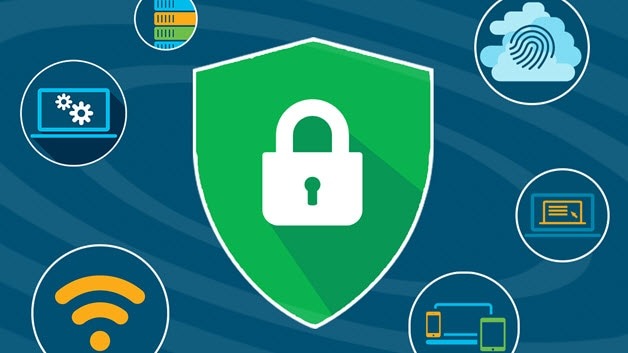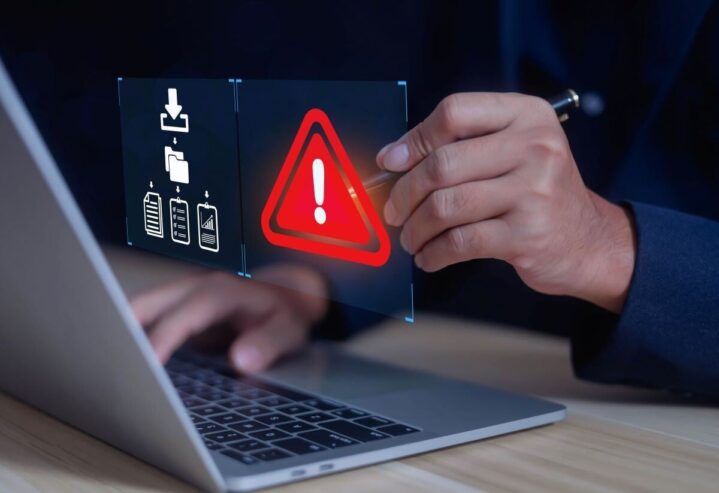In today’s fast-paced digital landscape, businesses and organizations face growing challenges in ensuring the security of their networks and data.
With cyber threats evolving at an alarming rate, companies must maintain a robust security posture while managing a multitude of tools and systems.
A well-integrated security stack is crucial for staying ahead of threats while minimizing the complexities associated with cybersecurity operations.
Streamlining and optimizing this security stack not only enhances effectiveness but also reduces costs and improves response times.
In this article, we will explore some key techniques for optimizing your security stack to ensure that it is both efficient and capable of handling the modern threat landscape.
Understanding the Security Stack

Before diving into optimization strategies, it’s essential to understand what a security stack is. At its core, a security stack refers to the collection of software, hardware, and processes designed to protect an organization’s data, infrastructure, and applications.
It typically includes tools such as firewalls, intrusion detection systems (IDS), antivirus software, identity and access management (IAM) solutions, encryption tools, and more.
The challenge, however, lies in managing and coordinating these various components to work in harmony.
As organizations grow, so does the complexity of their security stack. With new tools being introduced and outdated systems continuing to operate in parallel, it’s easy to see how inefficiencies can emerge.
Streamlining and optimizing your security stack is not just about adopting the latest tools but ensuring that every component of your security infrastructure is working together seamlessly.
Aligning Your Security Stack with Business Goals

A fundamental aspect of security stack optimization is ensuring that your security strategy aligns with the overall business goals. Many organizations, in their effort to stay ahead of emerging threats, end up accumulating a range of tools and technologies.
While this approach may seem proactive, it can lead to confusion, redundancies, and wasted resources.
To streamline your security stack effectively, start by conducting a thorough assessment of the current security landscape. Identify the specific security needs of your organization and evaluate which tools are delivering the best return on investment (ROI).
By focusing on the most effective solutions and removing or consolidating redundant tools, you can ensure that your security stack is both lean and highly efficient.
Assessing Current Threat Landscape and Risk Profile
One of the first steps in optimizing your security stack is conducting a risk assessment to understand the unique threats your organization faces.
A risk assessment will provide insight into the vulnerabilities present in your network, applications, and endpoints, as well as the likelihood and potential impact of various cyber threats.
By evaluating the threat landscape, you can prioritize which areas need the most attention and determine which tools in your security stack are best suited to address these concerns.
Integration and Automation: Key to Efficiency

A fragmented security stack is one of the main barriers to optimizing your organization’s security. The more tools and systems you have, the more difficult it becomes to coordinate and manage them. Integration and automation are two essential components of any optimized security stack.
When your security tools are integrated, they can share information with each other in real time, improving visibility and reducing response times.
For example, an integrated system can enable an intrusion detection system (IDS) to automatically notify your security information and event management (SIEM) system, which can then trigger an alert for your security operations center (SOC) team.
This immediate exchange of information allows for faster identification and resolution of security incidents.
Automation is equally important.
Many routine security tasks, such as patch management, vulnerability scanning, and log analysis, can be automated to improve operational efficiency.
By automating these processes, your security team can focus on higher-level tasks, such as threat hunting and incident response, rather than spending valuable time on repetitive administrative duties.
Consolidation of Tools: Reducing Complexity
Another key technique for streamlining your security stack is consolidating security tools.
When security teams use a wide array of point solutions, it can lead to fragmentation and inefficiency.
While some degree of specialization may be necessary, managing an excessive number of tools can overwhelm your team and lead to gaps in coverage.
Consolidating your security tools involves identifying solutions that offer multiple layers of protection within a single platform.
For example, a comprehensive next-generation firewall (NGFW) might provide not only traditional firewall capabilities but also intrusion prevention, application control, and threat intelligence feeds. By adopting such multifunctional tools, organizations can reduce the number of tools they need to manage, simplify processes, and eliminate redundancy.
However, consolidation doesn’t mean sacrificing effectiveness. The goal is to find tools that offer the best balance of functionality, performance, and ease of use, without compromising your security posture.
Evaluating Tool Performance and Compatibility
When consolidating tools, it’s critical to evaluate the performance and compatibility of each solution within your security stack. A tool that works well in one environment may not be as effective in another. Moreover, some tools may conflict with others, creating more vulnerabilities rather than reducing them.
Conducting regular performance reviews and compatibility checks ensures that each tool is operating optimally and is aligned with your security objectives. It’s also important to factor in scalability, as your security stack must be able to grow with your organization.
Continuous Monitoring and Threat Intelligence

An optimized security stack isn’t static; it requires ongoing vigilance and adaptation.
Continuous monitoring and the use of real-time threat intelligence are essential for maintaining the effectiveness of your security infrastructure.
Continuous monitoring involves the ongoing collection and analysis of security data across your network. By monitoring network traffic, user behavior, and endpoint activities, you can detect unusual patterns and identify potential security incidents before they escalate.
Threat intelligence plays a critical role in optimizing your security stack. It provides your security team with up-to-date information about emerging threats, vulnerabilities, and attack tactics.
By integrating threat intelligence into your security stack, you can proactively adjust your defenses to address the latest cyber threats.
For example, threat intelligence feeds can be used to update your firewall rules or improve detection capabilities in your SIEM system.
Training and Awareness: Building a Culture of Security

Even the best security stack can be compromised if employees don’t follow proper security practices.
Human error remains one of the leading causes of security breaches, whether through falling victim to phishing attacks, using weak passwords, or failing to apply security patches on time.
To optimize your security stack, invest in regular training and awareness programs for your staff.
This will help ensure that they understand the risks and the role they play in maintaining a secure environment.
Encouraging a culture of security within your organization will help reinforce the importance of cybersecurity, making it a collective responsibility across all departments.
Conclusion: Striving for a Balanced Security Approach
Optimizing and streamlining your security stack is a continuous process that requires careful planning, integration, and regular assessments.
While the ultimate goal is to improve protection against emerging threats, it’s equally important to ensure that your security tools work in harmony and are aligned with your business objectives.
By focusing on integration, automation, consolidation, continuous monitoring, and employee awareness, you can create a security stack that is both powerful and efficient.
Remember, an optimized security stack is not just about the latest and greatest tools—it’s about building a cohesive ecosystem that addresses your unique needs while minimizing complexity.
Through constant evaluation and adaptation, you can ensure that your security stack remains agile and resilient, capable of keeping your organization safe in an increasingly hostile digital world.
By adopting these techniques, you can significantly improve the performance and cost-effectiveness of your security stack, ultimately enabling your organization to respond swiftly and effectively to new and evolving cyber threats.
